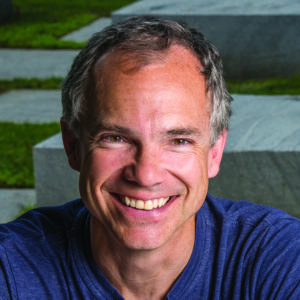A Tour of the Human Genome
There is a surprising amount of controversy about the contents of the human genome: junk DNA, pervasive RNA transcription, the role of long noncoding RNAs, and whether 20,000 protein-coding genes suffice to account for the complexity of our biology. Popular accounts often refer to "dark matter,” the idea that only one percent of the genome codes for proteins, the vast majority of the genome is unexplored and unaccounted for, and the key to our complexity may be lurking there. But we know more about the human genome than popularized accounts tend to acknowledge, and two facts are especially important. One is that most of the genome consists of the decaying remains of molecular parasites, a baroque menagerie of different replicating DNA elements that infest all known genomes. The other is that biochemical machines have error rates, and the machines that make RNA will make low-level RNA products even from random DNA sequences. Understanding the human genome requires appreciating that a genome is a noisy, messy, evolving molecular ecosystem. Like a forest, some of it is trees, some is undergrowth, and much of it is decaying into fertile soil.
Presented by:
Sean Eddy, Ph.D.

Howard Hughes Medical Institute investigator and the Ellmore C. Patterson Professor of Molecular & Cellular Biology and of Applied Mathematics at Harvard University
No slides availableNavigate the Site
2025 GoldLab Symposium
Save the date!
Please join on May 15-16, 2025Presenters In The News
Contact Info










